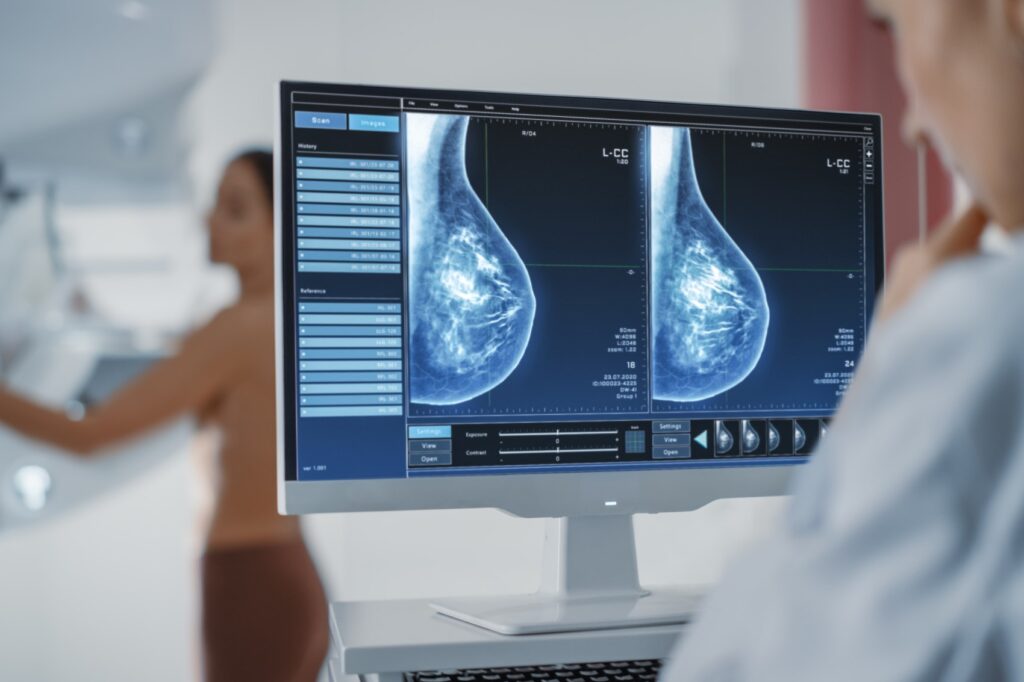While mammogram screenings are routine for most women we care for, we understand that it can be anxiety-inducing to wait for your results. You can get your next mammogram at our Genesis OBGYN ultrasound locations. Your healthcare providers are here to recommend preventive testing and treatments to ensure you receive the care you need.
How to Read Your Mammogram Findings

After you get mammography, a radiologist looks at your mammogram and interprets the images. Those findings are reported using the Breast Imaging Reporting and Data System (BI-RADS) system. This standard system helps providers and patients understand findings across disciplines.
Imaging findings are broken down into categories 0-6. Your mammogram report will also cover other topics, such as breast density, an overall assessment, and potential management suggestions based on the radiologist’s findings.
BI-RADS Assessment Categories
On a BI-RADS category assessment scale, one is the best result. The lower the number, the less likely it is that you may have breast cancer. Your provider is here to support you and answer all your questions about your mammogram results.
Category 0: Incomplete
This means the mammogram is incomplete, and additional imaging may be needed. This can happen sometimes if your radiologist wants to compare a new mammogram to an old one or requires additional information.
Category 1: Negative
The radiologist has seen nothing abnormal. There are no signs of breast cancer. You should continue to receive routine screenings.
Category 2: Benign
Your mammogram didn’t show signs of breast cancer, but the radiologist did note noncancerous findings such as lumps of normal breast cells, cysts, or calcifications. Continue to have routine screenings.
Category 3: Probably Benign
This category means that the radiologist noticed something that is probably not cancer. A repeat mammogram should be done within six months to continue to monitor the findings.
Category 4: Suspicious Abnormality
The radiologist noticed something that may be suspicious for cancer. A biopsy may be necessary. There are three subcategories to a category four finding:
- 4A: The chance you have breast cancer is more than 2% but less than 10%.
- 4B: The chance you have breast cancer is more than 10% but less than 50%.
- 4C: The chance you have breast cancer is more than 50% but less than 95%.
Category 5: Highly Suggestive of Malignancy
This category means that the radiologist has noticed something on your mammogram that is highly suggestive of breast cancer. A biopsy is needed.
Category 6: Known Biopsy with Proven Malignancy
This category is used for findings on a mammogram that are already known to be cancer. This category may be used on mammograms that monitor how a cancer responds to treatment.
Why Do My Mammogram Results Mention Breast Density?

Your mammogram may also mention breast density. Breasts considered dense are made of more fibrous tissue and less fat. This is a normal finding on a mammogram; however, breast density can make it more difficult for radiologists to see cancer.
If you have dense breasts, your provider may rely on additional screening tests to monitor if you have breast cancer.
Schedule a Mammogram Appointment Today
Your Genesis OBGYN provider can help you get your mammogram and review the results. We are here to support you and recommend the right plan for your health.
Request an appointment for your next mammogram today.

